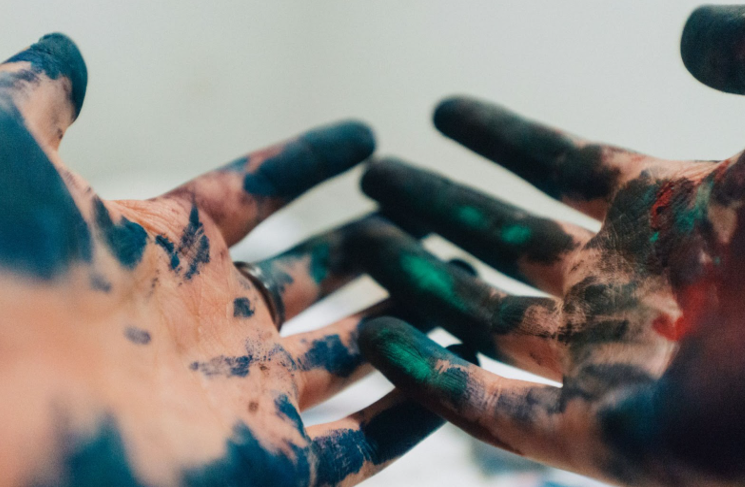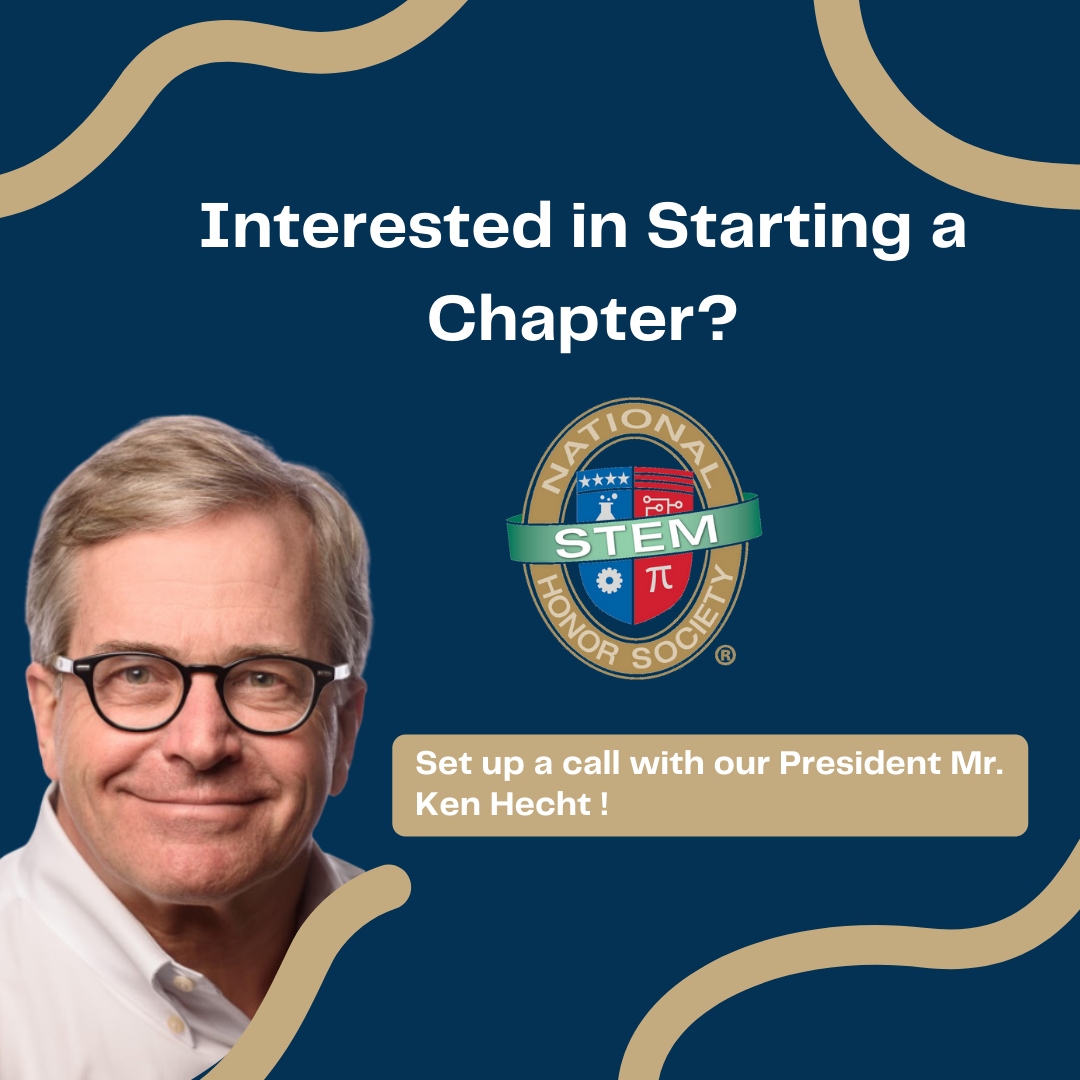
As young adults prepare to enter college, discovering new pathways and possible careers, we at NSTEM want to remind students of all ages that science and art are NOT mutually exclusive. We believe that embracing science and art as young adults can enhance the quality of their work throughout their careers while furthering their ability to communicate their findings successfully. We at NSTEM challenge you to try these four hands-on projects that blur the lines of science and art, alongside a few notable examples as references, to help you inspire the next generation of students who see the world as both scientists and artists!
1. Scientific Illustrations
This activity from the Garth & Jerri Frehner Museum of Natural History begins with students creating observational drawings of real-life specimens using a microscope or magnifying glass while describing four different viewpoints of the same specimen. Students will then compare and discuss their observations with their peers to identify those specimens. This activity plan is suggested to take four 60-minute sessions, including a relevant and optional field trip, which can be easily replaced with a similar gallery in a virtual setting. This activity is a creative and fun way to learn about the scientific method while encouraging peer collaboration and critical thinking.
Link to activity: https://www.suu.edu/natsci/museum/pdf/scientific-illustration-lesson-7-12.pdf
2. Art and Optics
In this activity from the Art Institute of Chicago, students will be introduced to eye function and optic science by asking questions, creating initial models, and collecting data while participating in a series of observational experiments, giving your students a chance to revise their initial models. This activity is estimated to take approximately 80–125 minutes to complete and demonstrates STEM learning outcomes of critical thinking and scientific theory while supporting next-generation science standards. This activity can also be a way to explore STEM/Art careers like museum conservation.
Link to activity: https://aic-web-cms-uploads.s3.us-east-2.amazonaws.com/2a99f5a7-2ede-45d1-8c85-0abf99dcc2ee/ArtandOpticsLessonPlanUpdatedFinal_.pdf
3. Building Alebrijes
This Los Angeles Unified School District activity will challenge your students to design alebrijes, a unique subset of Mexican folk art known for its anthropomorphic characteristics (combining two living animals), intricate designs, and bright colors. The Aztecs first designed alebrijes to represent the animals and beings of the spirit world. Though this is estimated to take around 60 minutes, we suggest extending the assignment by another hour to include painted 3D models of their creations made from painted aluminum foil and cardboard!
Link to activity: https://www.dropbox.com/scl/fi/icy7fy523ilqluyqoxfyu/19-Alebrije-Lesson.pdf?rlkey=h096pira1k4x0tyd1y39ap5gy&e=1&dl=0
4. Mapping: Utopia or Dystopia
In this Los Angeles Unified School District activity, your students will learn about mapping and a few artists who use it as an art medium. They will then create an original map using raw scrap materials and their unique storytelling perspectives. This activity is a fantastic opportunity to introduce students to drawing, design, and cartography principles. Students will also demonstrate creativity and critical thinking by learning to analyze works of art contextually. This activity is estimated to take 60-120 minutes to complete.
Link to activity: https://www.dropbox.com/scl/fi/a4jb806u4sftj02zikxh2/20-MAPPING-Utopia-Dystopia-Lesson.pdf?rlkey=rljlsug7grd4xamazscp44q13&e=1&dl=0
Notable Scientists Who Also Happened To Be Talented Artists
(We suggest making a slideshow for your students; here are a few to get you started)
| Santiago Ramón y Cahal
Neuroscientist, Pathologist, Histologist, Scientific Illustrator & Photographer |
Leonardo da Vinci
Polymath- Painter, Draughtsman, Engineer, Scientist, Theorist, Sculptor, & Architect |
| John James Audobon
Naturalist, Field Artist & Painter |
Samuel Morse
Inventor & Painter |
| Alfred L. Copley
Hemorheologist & Expressionist Painter |
Maria Sibylla Merian
Entomologist, Naturalist & Scientific Illustrator |
| Rafael Lozano-Hemmer
Chemist & Interactive Media Artist |
Anicka Yi
Conceptual Artist & Olfactory Scientist |
| Anna Atkins
Botanist & Photographer |
Ralph Eugene Meatyard
Optician & Photographer |
Storytelling comes in countless shapes and forms; communicating and delivering our observations to others can make or break an audience’s understanding. Learning to observe science through the eyes of an artist can help scientists create unique and creative methodologies to share their findings with the world. An artist, seeing their work through the eyes of a scientist, can strengthen their foundation of artistic theory, allowing them to challenge the status quo to discover, design, and create new creative mediums. Here at NSTEM, we encourage you and the next generation of thinkers to do both!
By Rosalinda Cardoso
Do you want more resources on the topic of STEM and Art Activities? NSTEM’s vast resources database provides thousands of searchable STEM resources by category, school level, and state. This comprehensive library includes info on enrichment activities, curricula, internships, scholarships, and more. Check out a free sampling here. Or get an NSTEM membership today to unlock the complete list.
Project-based learning enrichment provides high school students with college and career readiness. It gives them real-world relevance, transforming students into collaborators and imaginative problem solvers. They will gain the upper hand in a global landscape, stemming from enhanced confidence and grit. NSTEM provides these young STEM enthusiasts with a close community of like-minded fellow students and educators. To start your 9-12 Chapter of the National STEM Honor Society, click here.
